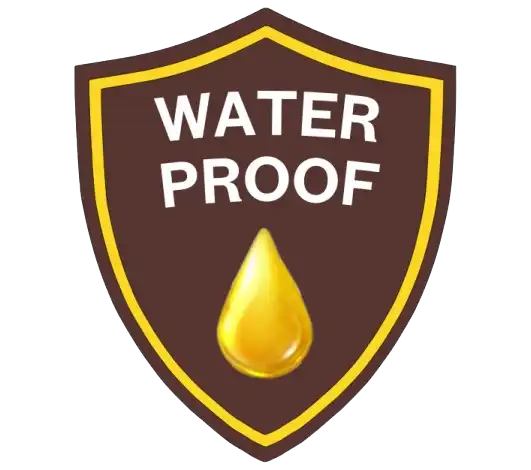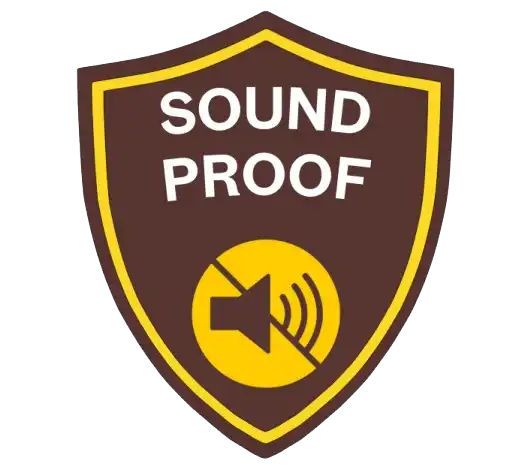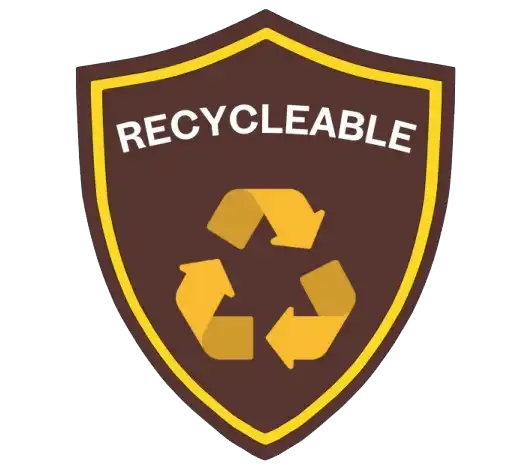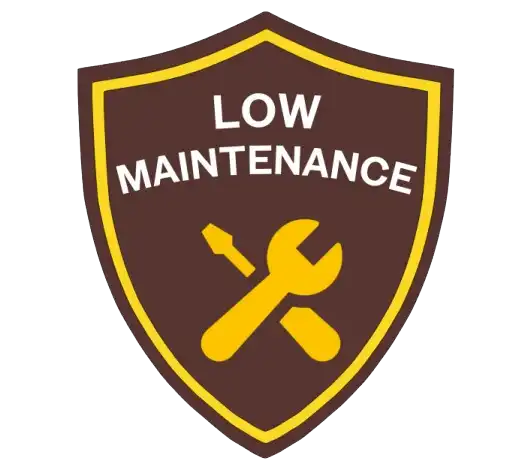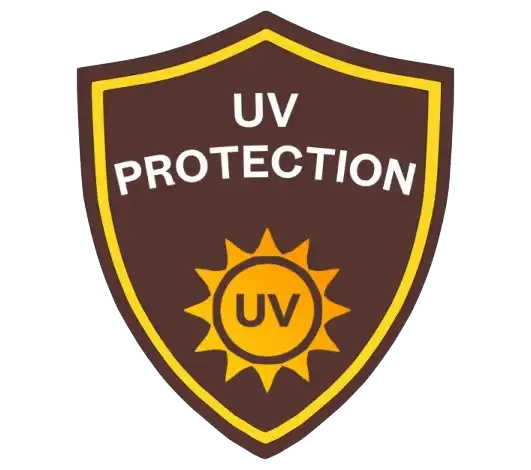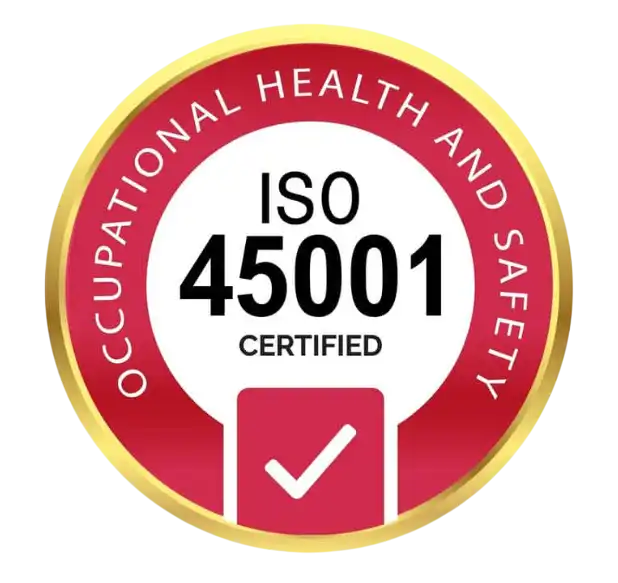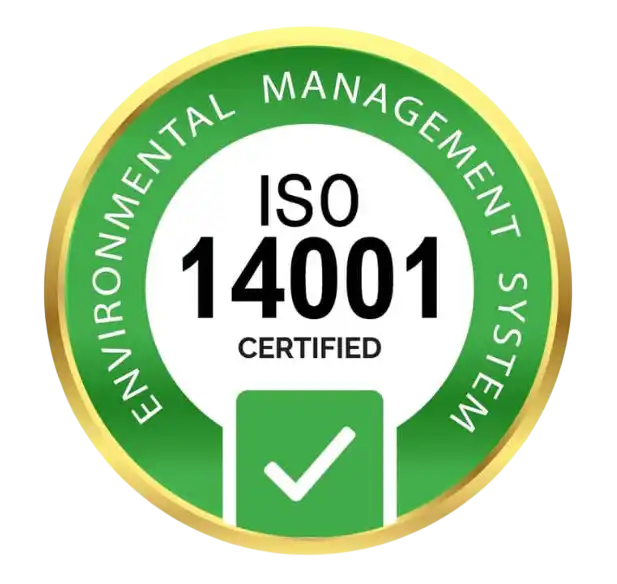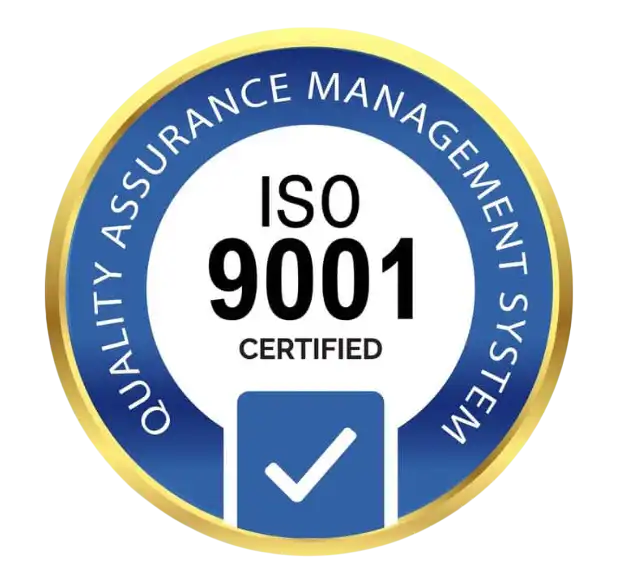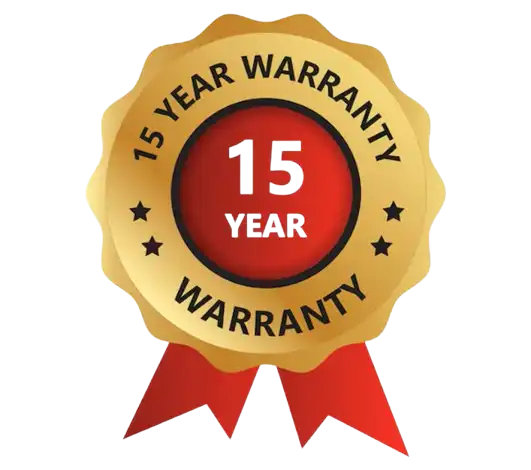Comparison between uPVC and cPVC: Which Material is Better for Doors and Window Profiles?
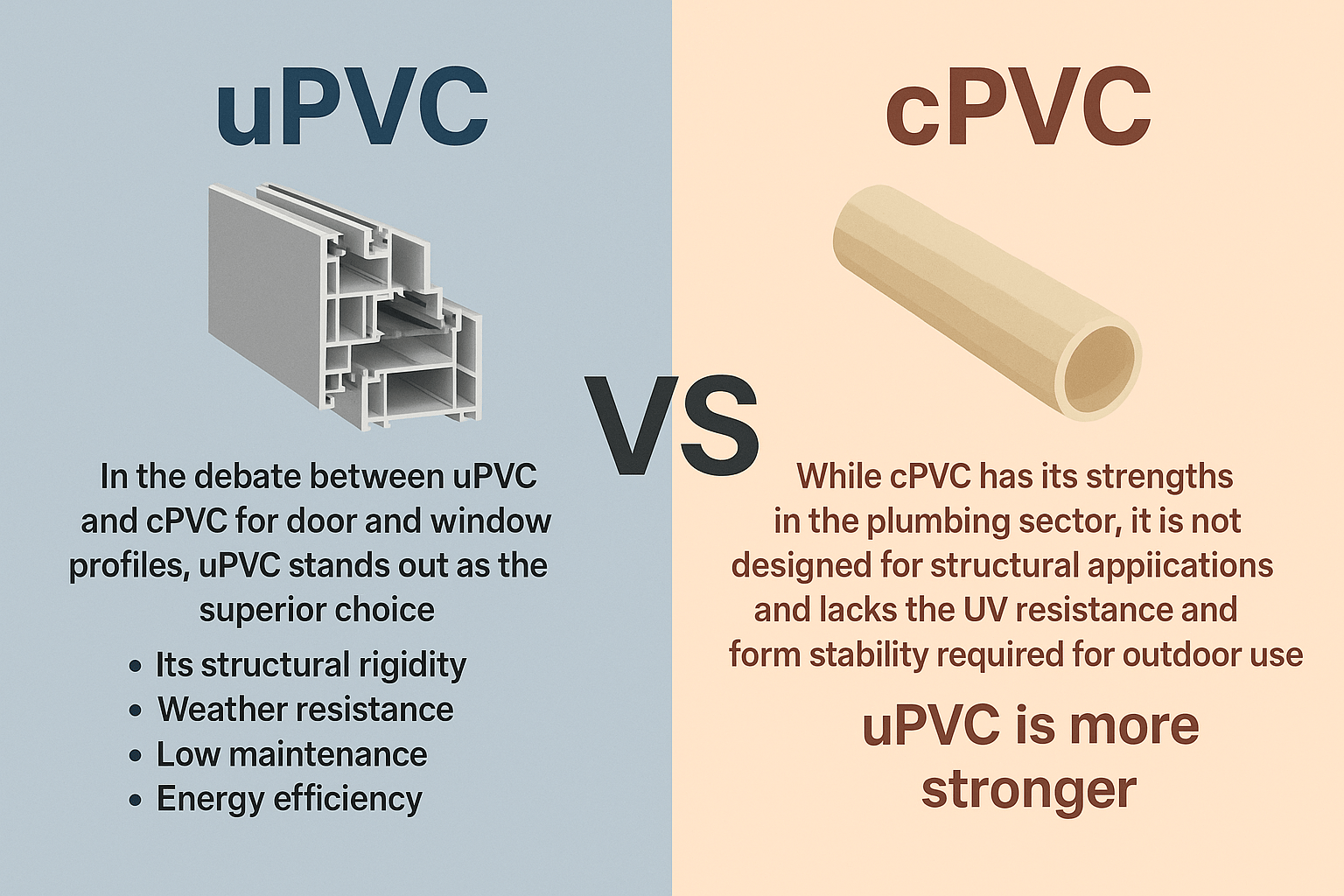
When choosing materials for doors and window profiles, homeowners, architects, and builders often compare various options to strike the right balance between durability, aesthetics, cost, and maintenance. Two popular materials frequently scrutinized are uPVC (Unplasticized Polyvinyl Chloride) and cPVC (Chlorinated Polyvinyl Chloride). Though both are derivatives of PVC, they are engineered for different purposes and exhibit unique properties.
This article explores the key differences between uPVC and cPVC to determine which material better suits door and window profiles.
What is uPVC?
uPVC, or rigid PVC, is a low-maintenance building material used widely in the construction industry. It does not contain any plasticizers, which makes it more rigid and durable. uPVC is commonly used for door and window profiles due to its excellent resistance to weathering, chemicals, and UV radiation. It offers a long lifespan and is known for its energy efficiency and minimal upkeep requirements.
What is cPVC?
cPVC is essentially PVC that has undergone a chlorination process, which enhances its temperature resistance and chemical stability. This type of PVC is widely used for hot and cold water plumbing systems, especially in industrial and residential piping. cPVC can withstand higher temperatures than standard PVC and is specifically engineered for internal water distribution.
Key Differences Between uPVC and cPVC
1. Application and Use Cases
The primary difference lies in their respective applications. uPVC is designed for construction, especially for making doors, windows, and other structural profiles. On the other hand, cPVC is primarily used for plumbing and piping systems where resistance to heat and chemicals is essential.
Due to its rigidity and stability, uPVC is better suited for fabricating door and window frames. It provides the required structural integrity and weather resistance necessary for outdoor installations. Meanwhile, cPVC’s strength lies in its ability to handle high-temperature fluids, making it less ideal for external framing applications.
2. Temperature Resistance
cPVC has a higher temperature tolerance than uPVC. It can withstand temperatures up to 200°F (93°C), so it is commonly found in hot water supply systems. In contrast, uPVC has a lower heat resistance, making it unsuitable for high-temperature applications. However, it is ideally suited for external exposure to sunlight and varying weather conditions.
3. Durability and Strength
Both materials are durable in their own right, but structural strength is a major concern for doors and windows. uPVC profiles are stronger in terms of dimensional stability and resistance to deformation, even under harsh environmental conditions. This makes them more reliable for long-term installations like doors and windows, which must endure the elements for years.
Moreover, uPVC is less likely to warp or contract under weather fluctuations, a critical factor when choosing a material for building exteriors. Its rigidity ensures a tighter seal, improving insulation and reducing energy loss in homes.
4. Maintenance and Longevity
uPVC requires minimal maintenance. It doesn’t rust, corrode, or rot; cleaning it usually involves just a wipe-down with a damp cloth. cPVC also offers resistance to corrosion, but in the context of door and window profiles, it may not perform as well due to its internal-use design and lower UV resistance.
Furthermore, uPVC doors and window profiles often come with warranties extending up to 25 years or more, underlining their long-term reliability.
5. Cost Considerations
From a cost perspective, both materials are economical compared to alternatives like wood or aluminum. However, the cost of installation, longevity, and energy efficiency often make uPVC a more cost-effective option for doors and windows. Its lower maintenance and high durability reduce the need for frequent repairs or replacements.
Environmental Impact
uPVC is often considered more environmentally friendly because it can be recycled multiple times without losing its integrity. Additionally, its insulating properties contribute to reduced energy consumption in buildings. cPVC, while also recyclable, involves more chemicals in its production process, making its environmental impact somewhat higher.
Final Verdict: Which is Better?
In the debate between uPVC and cPVC for door and window profiles, uPVC stands out as the superior choice. Its structural rigidity, weather resistance, low maintenance, and energy efficiency make it the ideal material for exterior fittings. While cPVC has its strengths in the plumbing sector, it is not designed for structural applications and lacks the UV resistance and form stability required for outdoor use.
Therefore, uPVC doors and window profiles offer unmatched performance and value for those looking to invest in reliable and long-lasting door and window solutions. In essence, uPVC profiles are stronger and more versatile in architectural applications.
Whether renovating your home or constructing a new building, choosing uPVC over cPVC for door and window installations offers immediate benefits.


